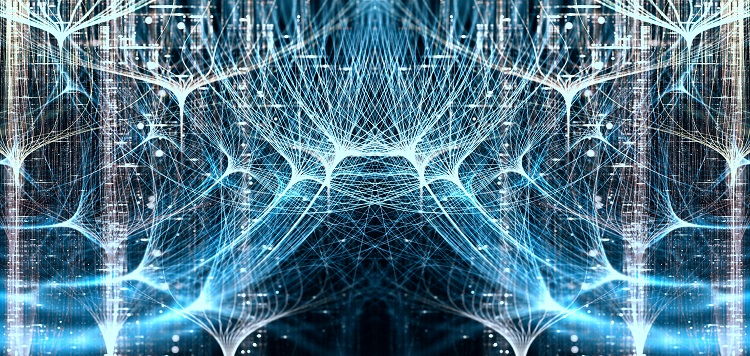The world of artificial intelligence and machine learning has seen remarkable progress in recent years, with neural networks driving much of this advancement. However, to get the most out of neural networks, it is crucial to have the right data to train them. In many cases, researchers need to transfer data from one domain to another, which means adapting the network to suit the new patterns and structures. A new algorithm, developed by researchers from the Skolkovo Institute of Science and Technology (Skoltech) and the Artificial Intelligence Research Institute (AIRI), has emerged as a promising solution to this problem.
Background on Data Transfer Between Domains Using Neural Networks
Data transfer between domains refers to adapting neural networks from one data distribution to another. It is a critical area of machine learning research because it enables researchers to apply trained models to new data sources, even when those sources have different properties or features. In other words, neural networks can be adapted to learn different skills, apply knowledge in different contexts, and excel in a wide range of applications.
Challenges faced in using independent datasets for data transfer
Traditionally, data transfer between domains is done using paired datasets, which require data sources that are related to each other in some way, such as images of the same things taken from different angles. However, paired data is often challenging to obtain, making it less valuable for real-world applications. Instead, independent datasets are used, but these introduce more challenges since they may have different distributions and underlying processes. Therefore, achieving effective data transfer between independent datasets is a significant challenge for researchers.
Overview of the new algorithm developed by Skoltech and AIRI
The new algorithm developed by Skoltech and AIRI overcomes many of the challenges of transferring data between independent datasets. This algorithm, called Neural Optimal Transport, uses neural networks to move data from one domain to another. The algorithm’s novelty lies in how it performs this data transfer: unlike earlier efforts, it does not require paired training datasets, making it more cost-effective and efficient for researchers.
Benefits of the new algorithm compared to existing techniques
The Neural Optimal Transport algorithm has numerous benefits over existing techniques. One of the most apparent advantages is that it uses independent datasets rather than paired datasets, making it more flexible and adaptable for real-world applications. Additionally, the algorithm produces more interpretable results than other existing approaches and is based on a more sound theoretical foundation, giving researchers more confidence in its outputs.
When tested on unpaired domain transfer tasks, Neural Optimal Transport outperformed many existing methods, including image styling. Image styling refers to the process of applying visual filters or modifying images to give them a different appearance. The algorithm’s improved performance in this area suggests that it has potential in many other types of data transfer beyond images. Therefore, the algorithm’s versatility and performance give it a strong foundation and a promising outlook for a wide range of applications.
Another benefit of the Neural Optimal Transport algorithm is that it requires fewer hyperparameters than other methods. Hyperparameters refer to settings that influence how the algorithm behaves and are typically challenging to tune correctly. By having fewer hyperparameters, the algorithm is more convenient to use and less prone to errors that can arise from poorly optimized settings. Additionally, the algorithm’s solid mathematical foundation leads to more interpretable results, allowing researchers to better understand what the algorithm is doing and how it is making decisions.
Description of the Neural Optimal Transport Algorithm and Its Use of Deep Neural Networks and Independent Datasets
The Neural Optimal Transport algorithm is a deep neural network that takes data from two unrelated distributions and finds the optimal transport plan between them. The algorithm achieves this by using an adaptation of the Earth Mover’s Distance method, which measures the difference between two probability distributions. Specifically, the algorithm uses a Wasserstein distance to compare the distributions, which has the property of being more robust to outliers and other types of noise. The algorithm then maps one dataset into the other using a neural network that learns to generalize the dataset’s features.
The Neural Optimal Transport algorithm developed by Skoltech and AIRI represents an exciting breakthrough in the field of machine learning. With its ability to transfer data between unrelated datasets and produce more interpretable results, the algorithm has significant potential in a wide range of applications including image styling, voice recognition, natural language processing, and many others. Therefore, the Neural Optimal Transport algorithm is a potent tool for researchers to explore new areas of machine learning and AI.
Publication information on the research is available on the arXiv preprint server.
The research on the Neural Optimal Transport algorithm is publicly available on the arXiv preprint server, making it accessible to anyone interested in exploring the algorithm’s details and potential applications. The preprint has gone through rigorous peer review and validation to ensure its scientific rigor and validity. Anyone interested in learning more about the algorithm is encouraged to read the preprint for a deeper understanding of its features and benefits.

